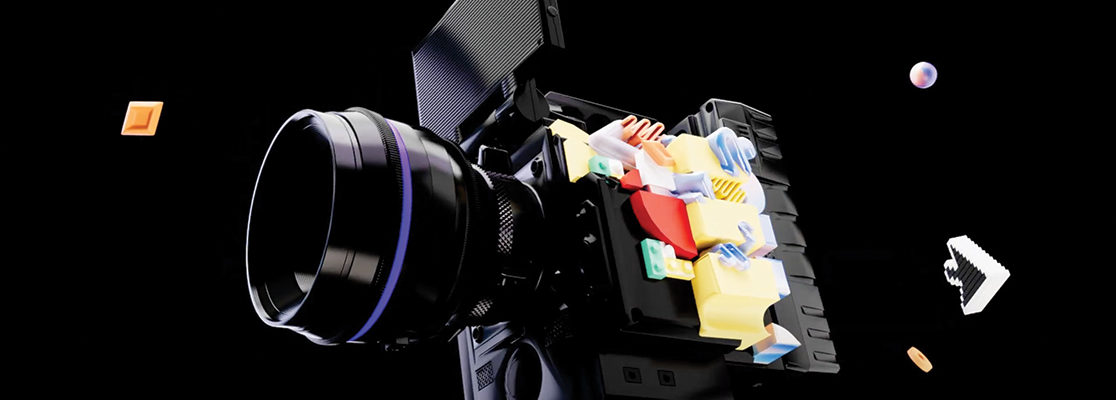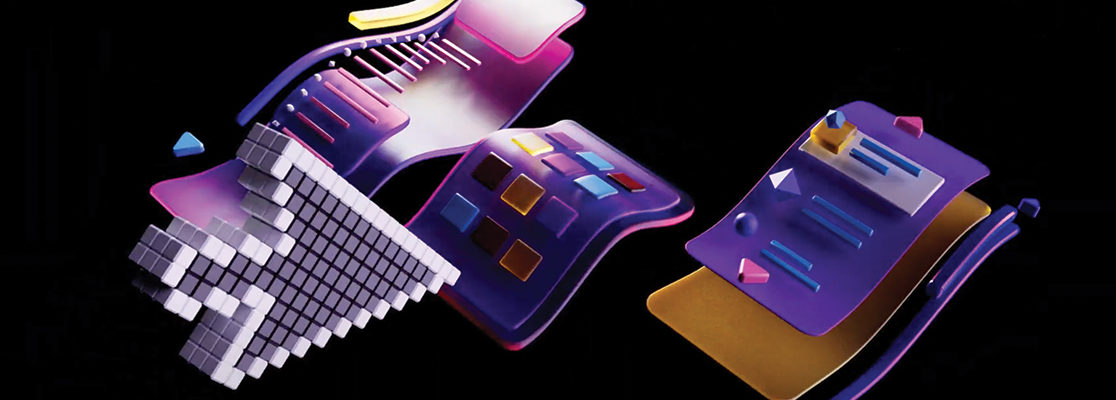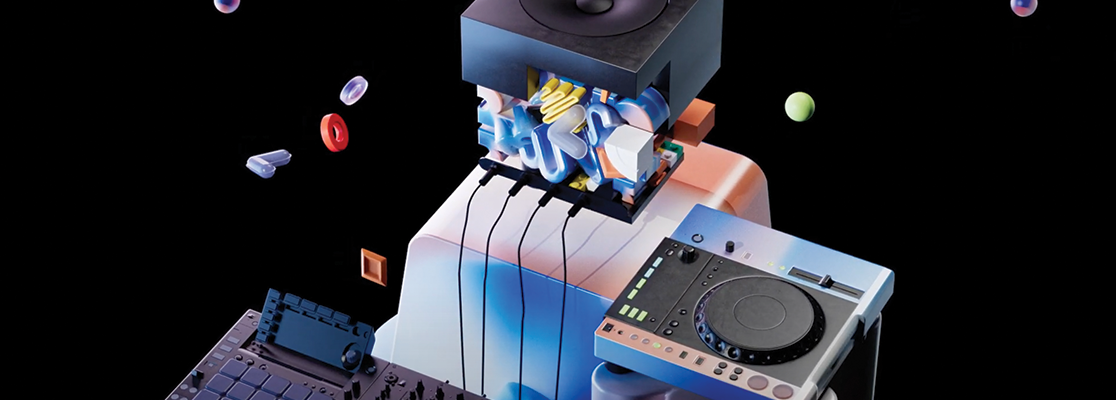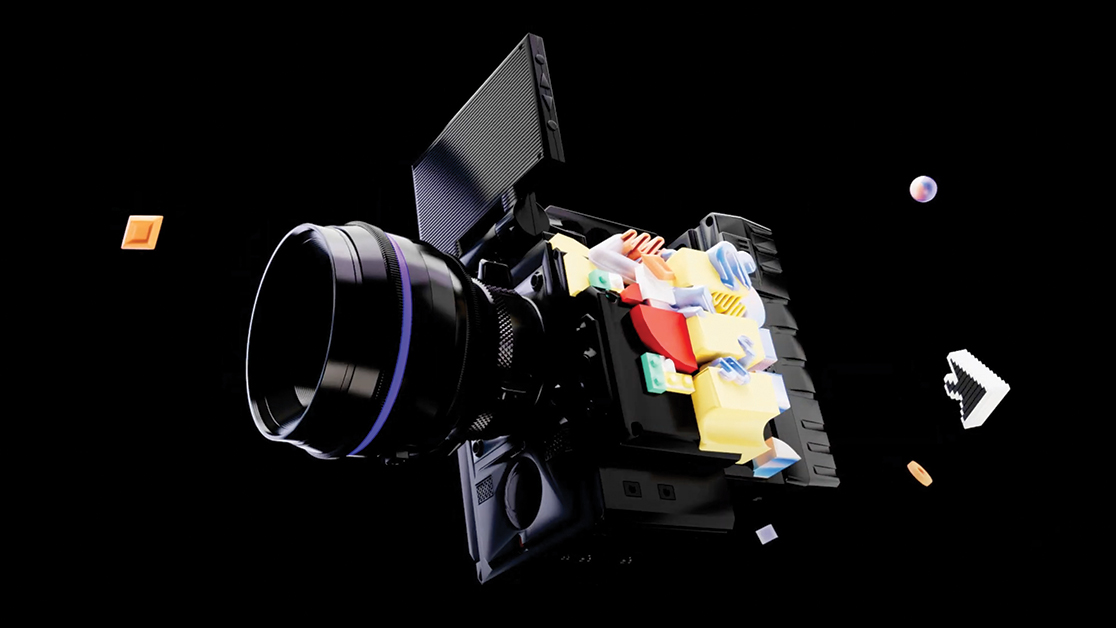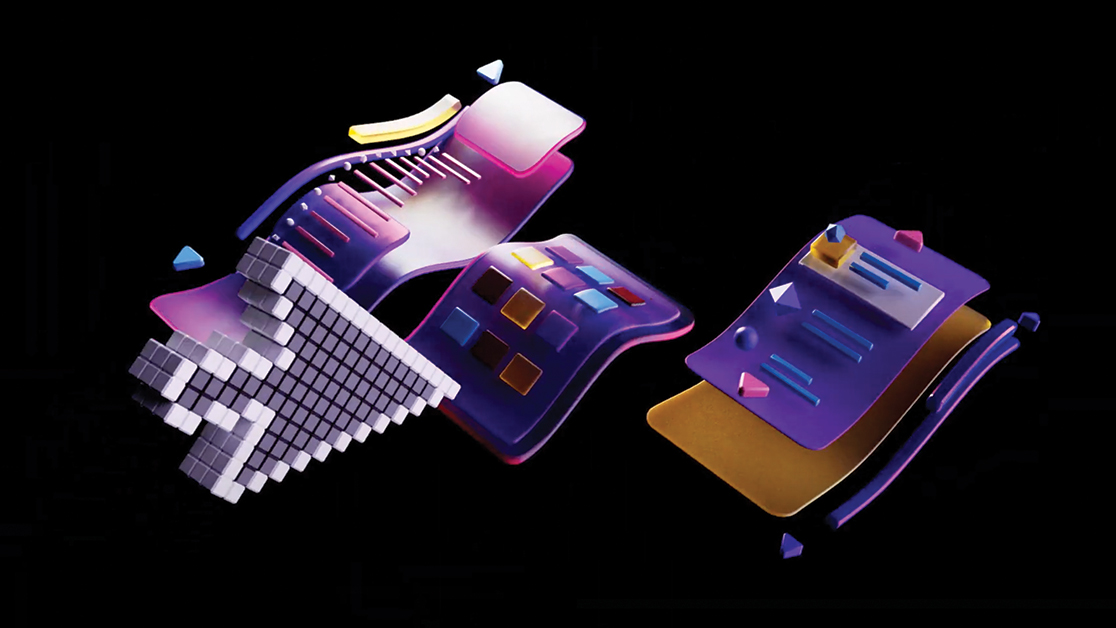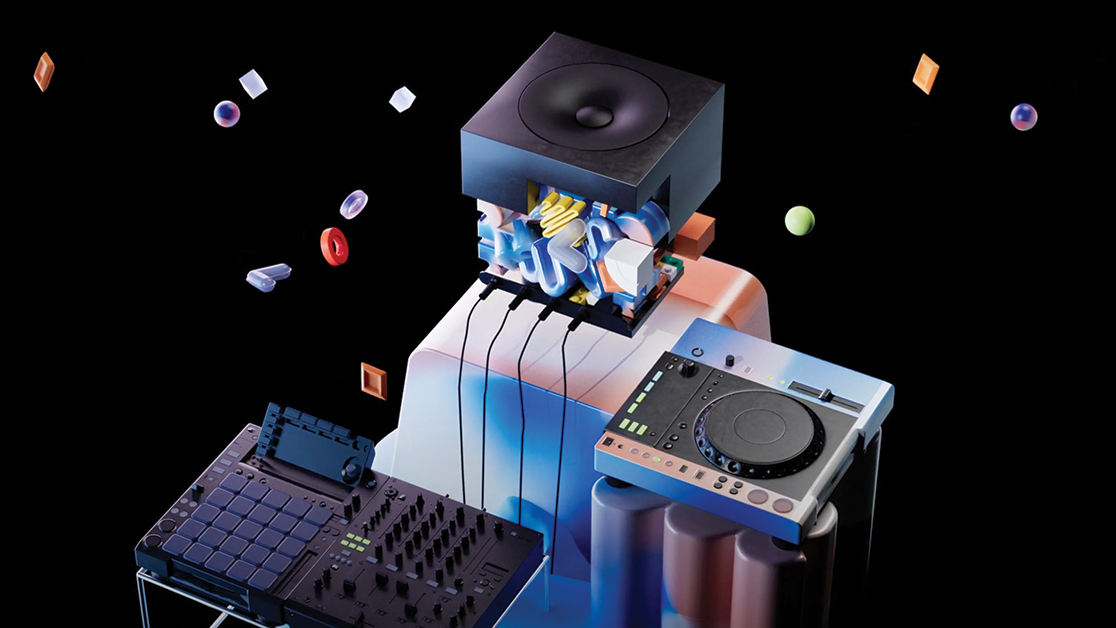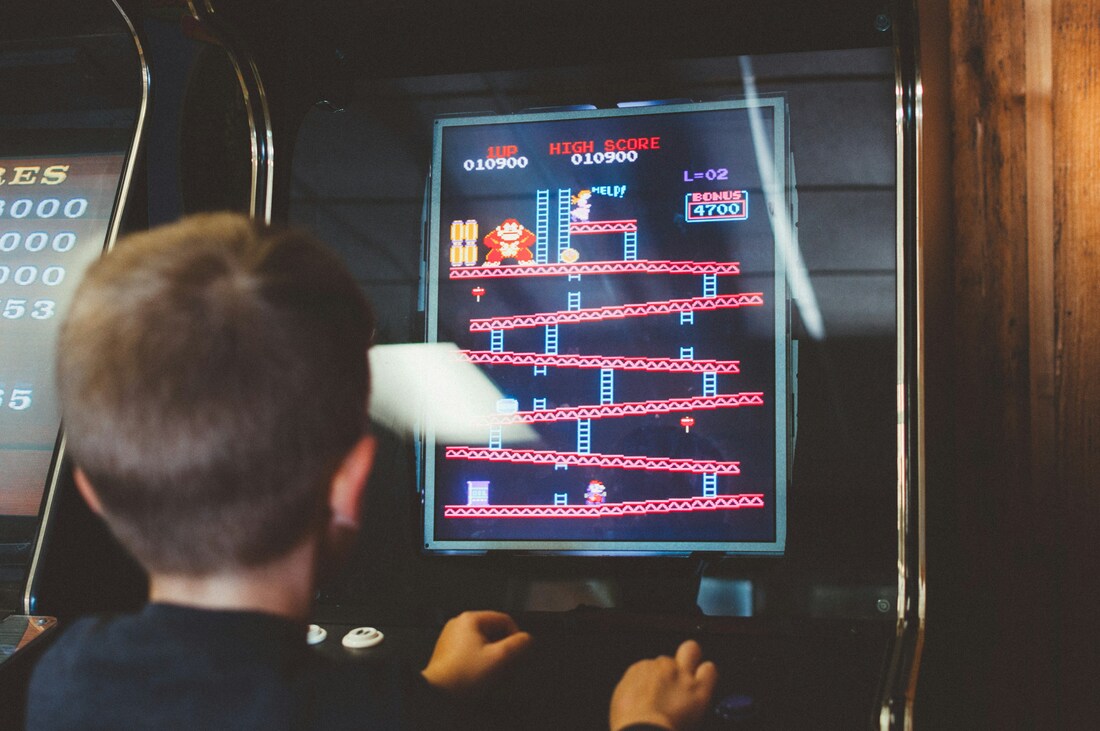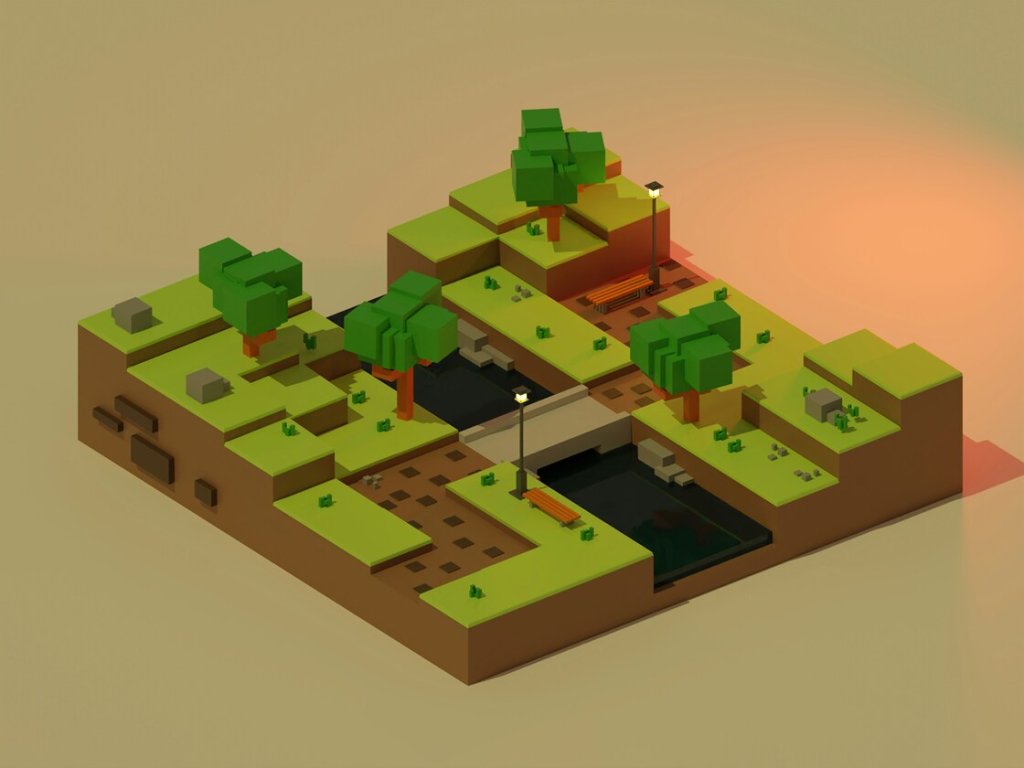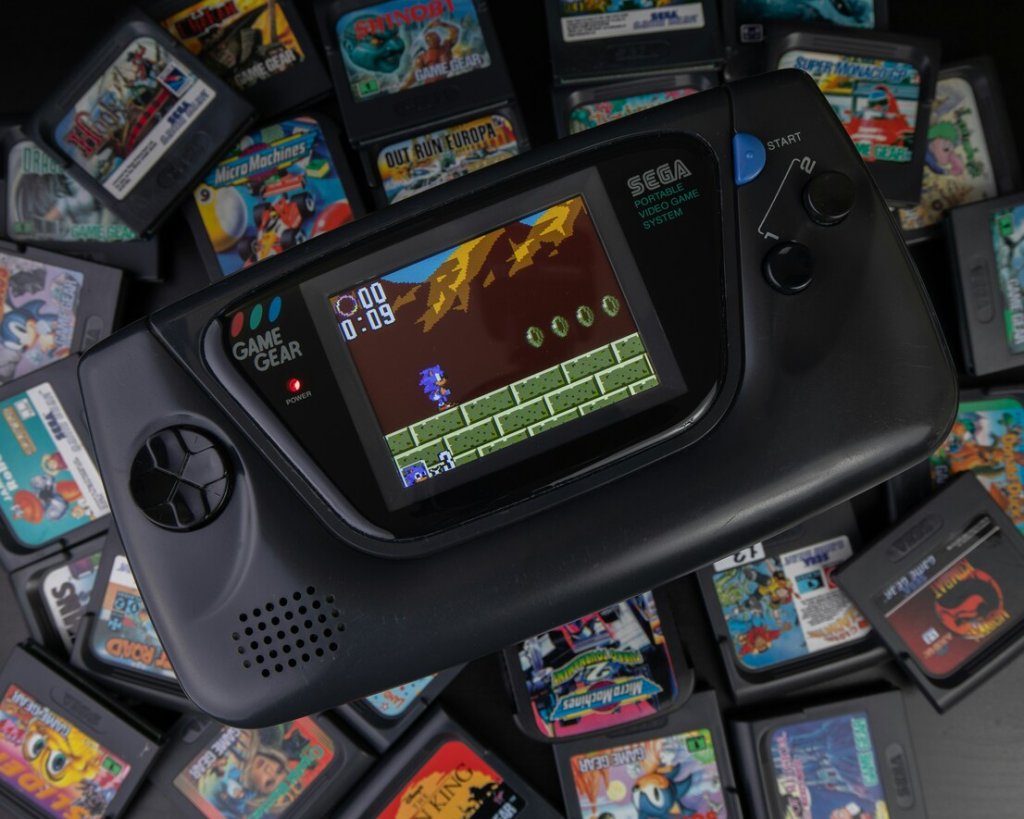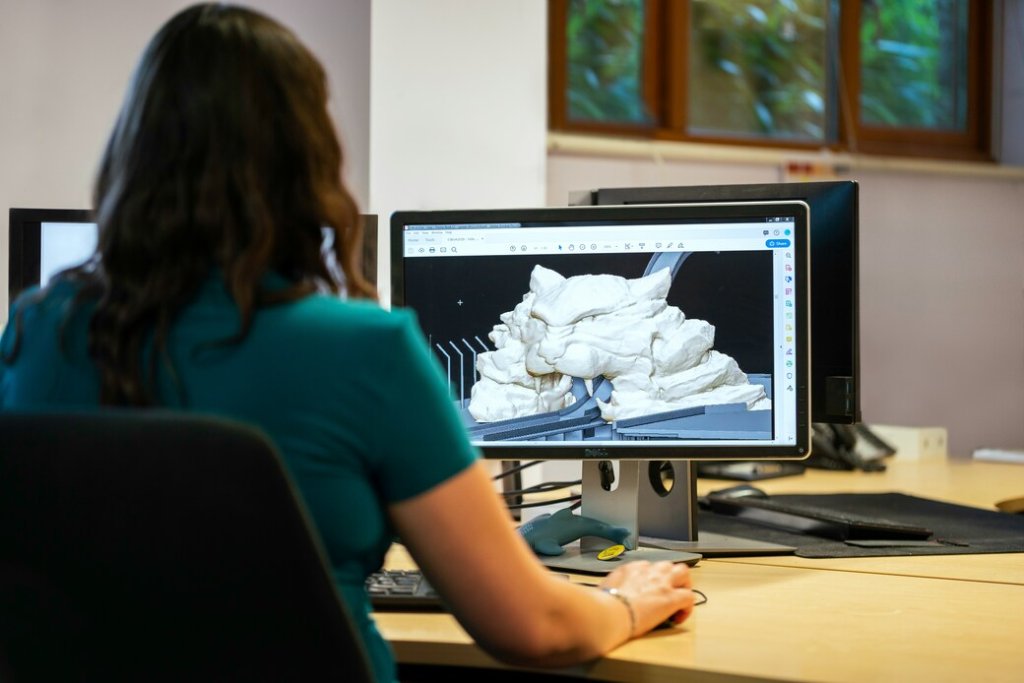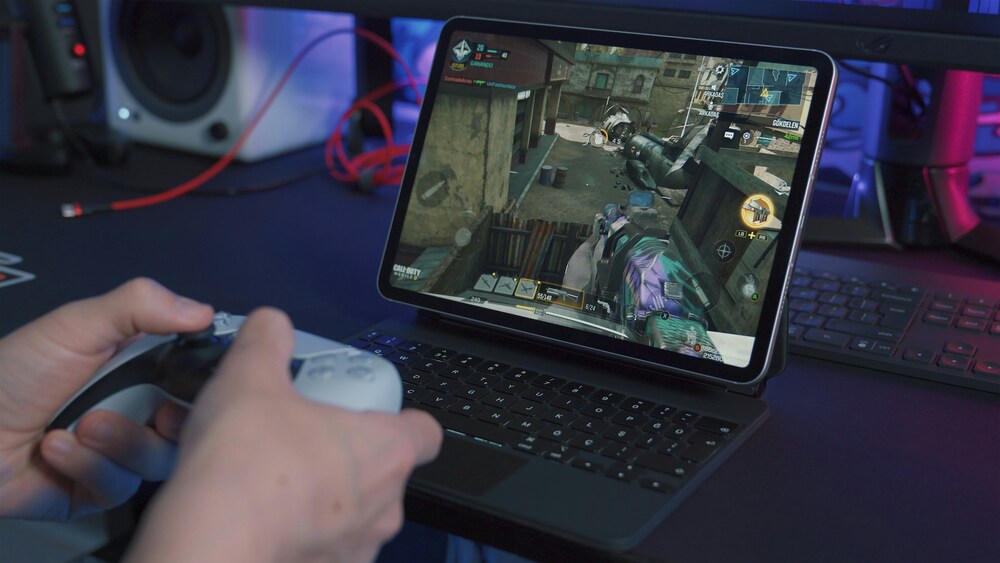Level design in the video game world is the practice of crafting the spaces, environments, and challenges that players interact with and is a key aspect of studying game production courses.
As a game designer, the core principles of creating engaging and immersive levels involve planning and building the layout, encounters, and overall flow of a game. A memorable experience as a gamer will depend on how fun, engaging, and meaningful a game is, something well-designed levels will contribute to.
Studying game production courses such as SAE’s Games Programming degree will enable students to gain a deep understanding of tools such as Unity Engine (2D and 3D), Direct X/Open GL, Blender, C# programming language while also exploring multiplayer networks and new technologies like AI.
A game’s mechanics can depend on a designer’s ability to create engaging levels – and this means considering factors like spatial design, art, player psychology, and even narrative elements to guide the gaming experience.
Read our blog for more on the different topics, features and rewards associated with level design. Are you interested in joining a gaming course? Then contact our team now.
Why is level design as a game designer important?
The main principles at the heart of the role of a level designer focus on creating interactive situations or events within the game environment to challenge players and keep them engaged.
Level design is sometimes used as a synonym for environment design. While at many smaller game studios, the same designer in a team is often responsible for both aspects of game level design, these are seen as different terms.
Environment design is about the background and scenery composition of a gaming world.
Game level design brings together all elements of the game to shape the player experience: game mechanics, gameplay, obstacles, story, and more.
How has game level design evolved
Like so many aspects of the video game world, many features and ideas surrounding development and design have significantly progressed over the years. Studying a game production course will allow you to understand these changes.
For example, during the early eighties, level design was mainly experienced in 2D games such as Donkey Kong, Sonic the Hedgehog and Super Mario Bros. In these games, the different levels involve the placement of obstacles and enemies for players to overcome and progress through the game environment to find rewards and power ups. A decade later gamers were exposed to 3D worlds in the form of games such as Doom.
This saw level design become significantly more advanced with gamers able to follow non-linear levels to progress in the space around them, explore maze-like structures, with enemies and items located in specific rooms or places.
More recently, game level design has evolved into an even more complex process infrastructure, requiring skills from architecture, art, programming, scripting, psychology, and graphic design.
Core Principles behind engaging levels
A level designer will need to factor in various elements and skills in their level design if it is to succeed. Some include:
Spatial Design: Consider a level’s physical layout, including the arrangement of platforms, obstacles, and pathways within the gaming environment.
Encounter Design: Encounters are at the heart of a game’s action. Designers need to focus on the point of enemy placement or where challenges are factored into the game’s narrative.
Pacing and Flow: Designers need to carefully consider the speed and flow of a level and the way a player moves through it. If this fails to progress at a suitable speed or is too challenging, player engagement is likely to drop.
Environmental Storytelling: As with other gaming formats, the environment surrounding the story should be a key part of what designers come up with. Consider how this can change or progress the narrative and architecture of the game.
Usability and Accessibility: Player comfort and navigation should be an essential element of the level design process.
Collaboration and balancing: Working closely with the rest of your game development team should be part of the process. The level design needs to integrate smoothly within the art and different stages of the game. It should also be adjusted based on player feedback where possible.
How to create engaging level design
Design with a purpose
Studying game production courses will ensure every gaming student understands how every level and map must have a reason why they exist. It’s crucial that the level designer stays focused on this goal throughout the design process.
Even if your game is set in a fictional world with supernatural elements, take care to make it seem real. Immersion and suspension of disbelief are critical for the player to stay engaged and appreciate other aspects such as gameplay and story. If a game is poorly constructed, then this can be lost.
Remember to design levels for the type of game you’re making
As a designer, what kind of game are you making? For example, puzzle games aim to challenge the player’s intellect and levels should be designed to be challenging but not frustrating. This should encourage a player to move forward and a modular approach can be an effective way to tackle this. This should mean that a designer creates a set of puzzle pieces that can be combined in different ways to create new puzzles. This approach can save time by allowing a designer to create a large number of levels without having to create each level from scratch.
Different approaches can be taken to building levels for action games and strategy gaming experiences need to consider the different terrains players might need to progress through. By considering the game genre, the designer can create levels that are engaging, challenging, and fun for the player.
Player experience is paramount
A well-designed level provides a satisfying and memorable experience for a player, while a poorly designed one can lead to frustration and drop-off. If you can instil a sense of motivation, progression and momentum, then you are building levels that should appeal to the player.
Gathering feedback through playtesting and analytics can help identify areas which are successful and those falling short of the desired player experience.
Narrative Integration and visual appeal
Level design can contribute to the overall narrative of the game, creating a cohesive and immersive experience that encourages players to move forward.
As a designer, creating visually interesting and engaging environments is an important aspect of level design. Without it, players could be put off and look elsewhere for their video game fix.
Tools and Software for the design process
Level designers use specialised software to create and edit levels. Some common examples of the tools studied on game production courses include:
3D Modelling Software: Maya, Blender and more.
Game engines: Unity, Unreal Engine and more.
Level editors: Built-in or custom level editors within specific games or engines.
In essence, level design is a critical aspect of video game development, shaping the player’s journey and contributing significantly to the overall quality and enjoyment of the game.
At the end of the design process, you should have a production-ready design document outlining the details of your level design. This is also meant to be a living document – as soon as it is implemented within a design, it’s highly likely that different parts of the game will need to either be enhanced or rethought out. This is not something for game designers to be concerned by – it’s all part of the fun of the process…
STUDY games at SAE
Whether you want to study Games Programming, Game Design or Game Art and Animation, our Gaming faculty has an array of courses to suit you and your ambitions.
Our state-of-the-art facilities and expert tutors are well placed to give your career the best possible start in exciting and creative sector.


